
Support truly
independent journalism
Our mission is to deliver unbiased, fact-based reporting that holds power to account and exposes the truth.
Whether $5 or $50, every contribution counts.
Support us to deliver journalism without an agenda.

Louise Thomas
Editor
A drug used to treat patients at high risk of bone fractures could benefit women who have been through menopause.
The National Institute for Health and Care Excellence (Nice) have given the green light for abaloparatide, which is used to manage and treat osteoporosis.
It will be sold as Eladynos and made by Theramex, and could help more than 14,000 women in England.
Why are postmenopausal women more susceptible to bone issues?
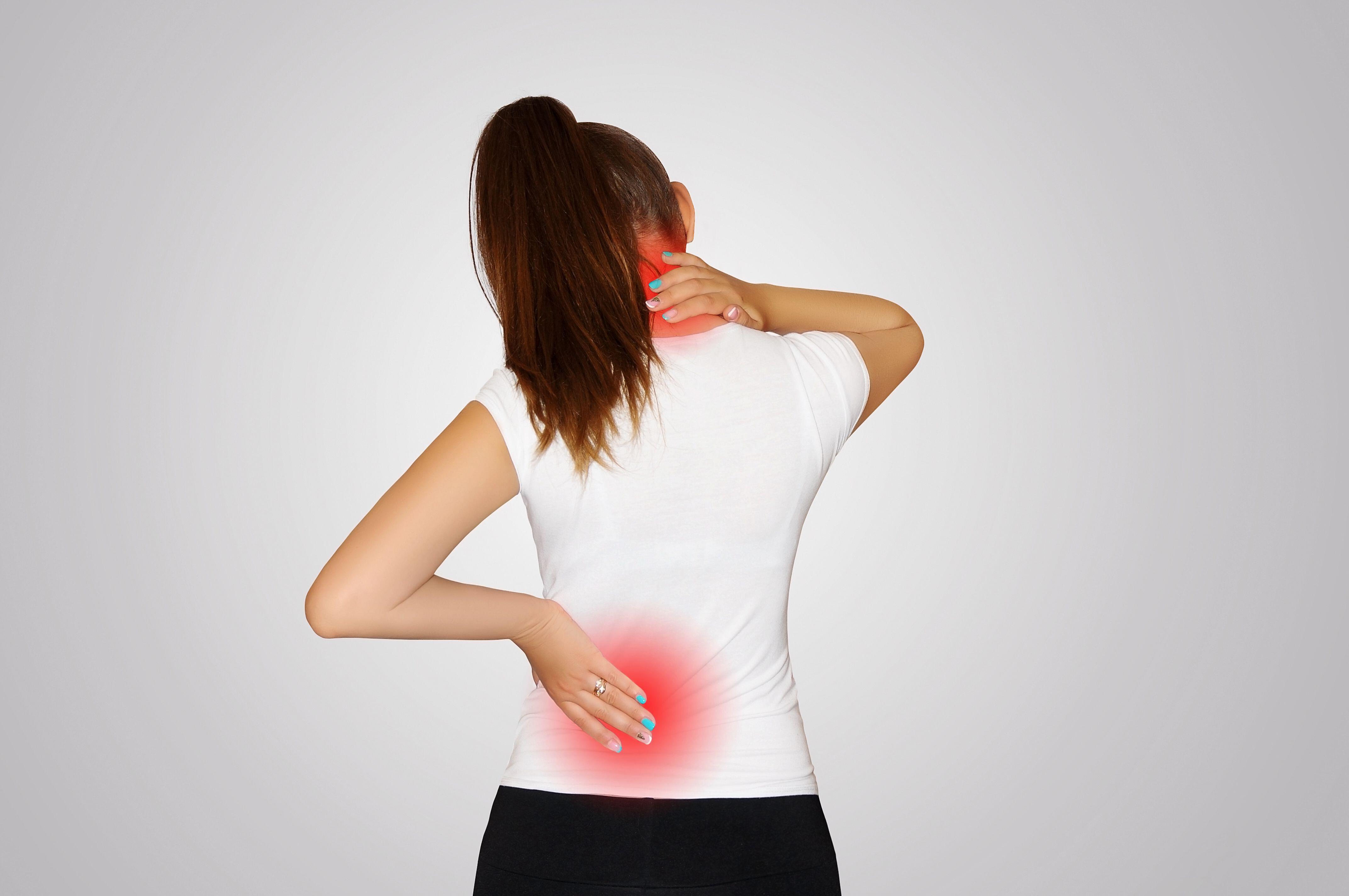
“Bone density peaks at around 35 years old then naturally decreases with age,” explains Dr Thom Phillips, NHS GP and clinical lead at Forth. “But women can be particularly susceptible to a rapid reduction in bone density (osteopenia) in the first few years after menopause, due to hormonal changes.
“Oestrogen plays a major role in protecting your bone density but levels decline during menopause, causing reduced bone density and increased risk of fractures.
“It’s important that women going through the menopause look after their bone health as declining oestrogen levels make bones thinner and weaker, increasing the risk of developing osteoporosis.”
Sam Bhide, physiotherapist at Physiozen Ltd, adds: “During menopause, in terms of the musculoskeletal system, tendons do get affected leading to tendinopathies and decrease in oestrogen levels can cause decrease in bone density, increased inflammation in the body and decreased muscle mass and strength.”
What is osteoporosis and what signs should we look out for?
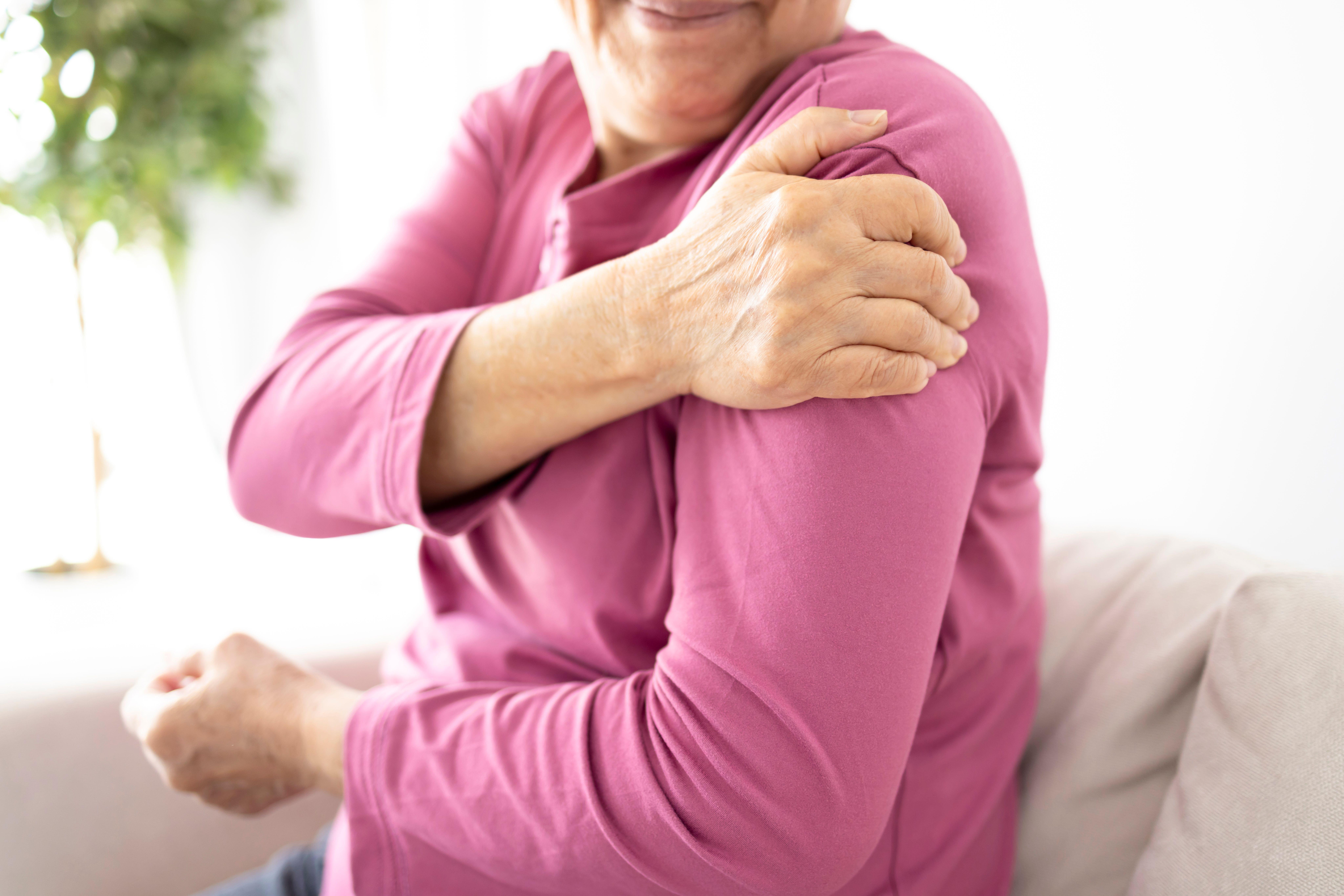
“Osteoporosis is a common bone disease, characterised by the loss of bone mass and deterioration of bone tissue,” says Phillips. “It is often called the silent disease because it progresses silently and without symptoms until a fracture or break occurs.”Although it is often asymptomatic, there a few signs to look out for.
“Some people with osteoporosis may develop a stooped posture, known as kyphosis,” says Phillips. “The weakening of the bones in the spine can cause it to curve forward, resulting in a rounded upper back and a hunched appearance.
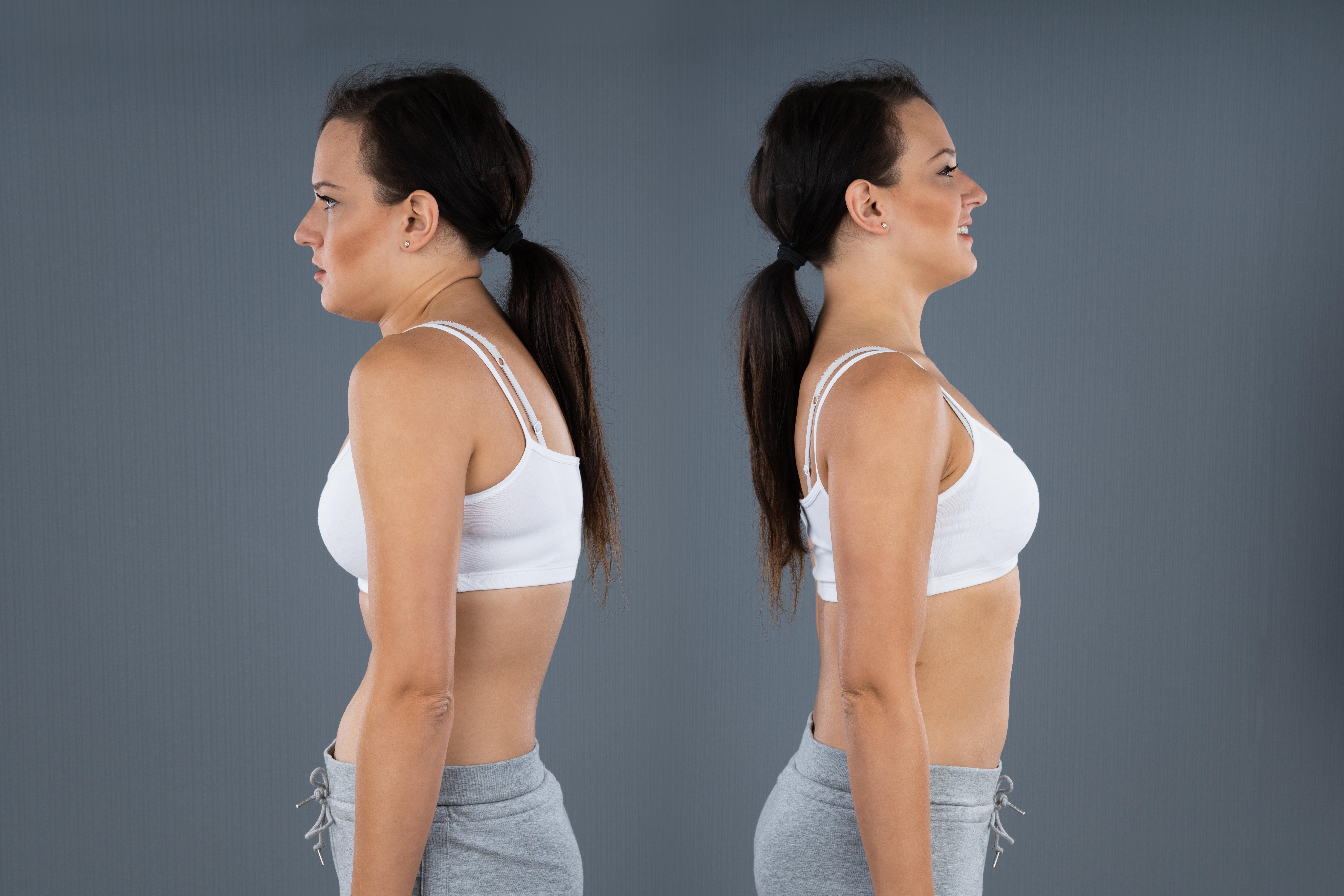
“Osteoporosis also makes bones more fragile and susceptible to fractures – even minor falls or accidents that would not typically cause a fracture can result in broken bones.
“Fractures commonly occur in the hip, wrist, and spine, and can be extremely painful and debilitating.”
Muscle aches or pains, tiredness to do physical activity, poor balance and coordination issues could also be warning signs, adds Bhide.
“If you are feeling achy and weak in your joints and muscles, contact a physiotherapist or other healthcare professionals who can signpost you to the Chartered Society of Physiotherapy (CSP) websites to learn at home physical exercises to improve bone density and strength,” she says.
What can we do to strengthen our bones?
Our diet can help support our bone health as we age.
“Having a diet rich in nutrients key to bone health such as calcium and magnesium, as well as taking a vitamin D supplement will help support bone health,” says Phillips. “Calcium is an essential mineral for maintaining strong bones, and vitamin D helps the body absorb calcium effectively.
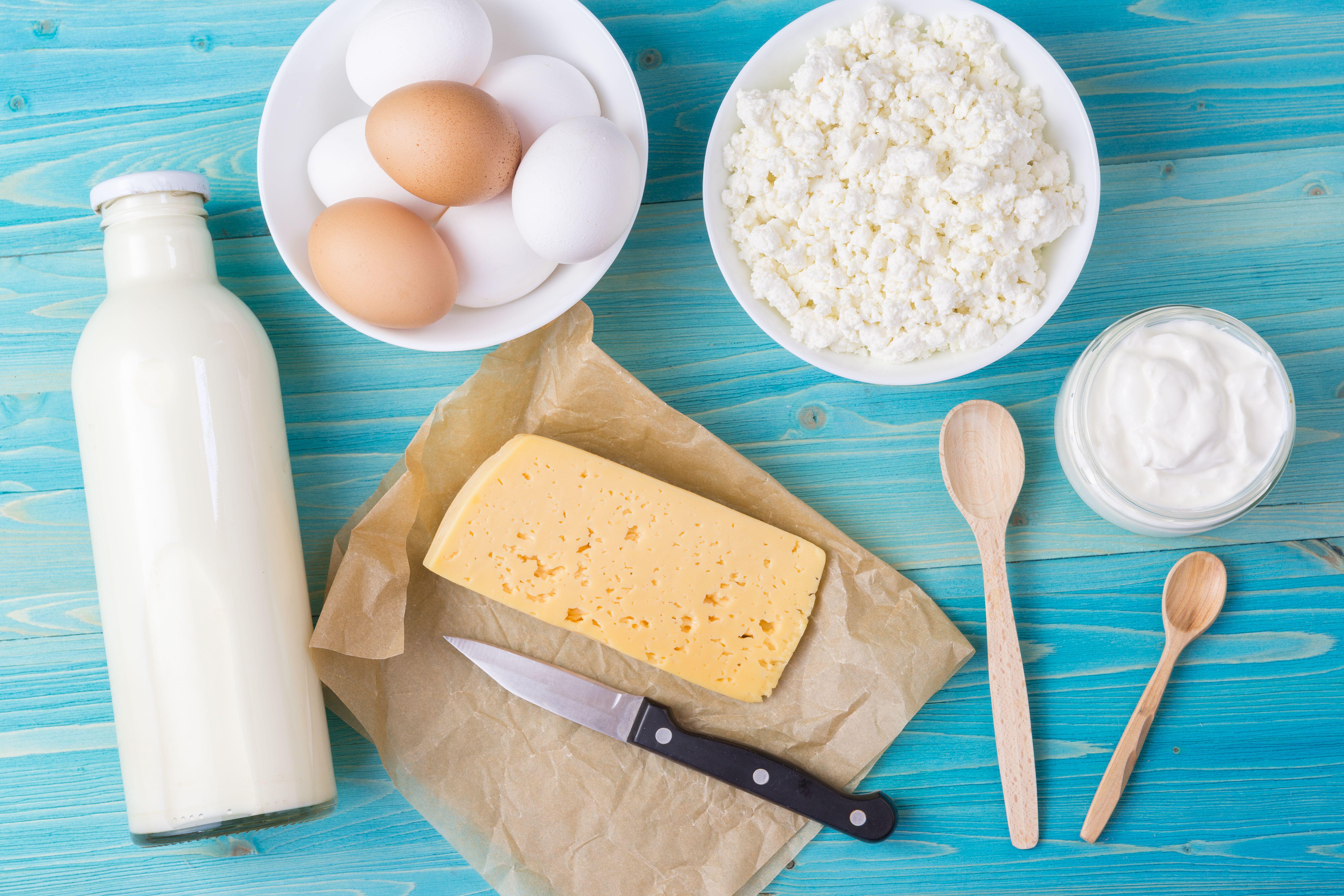
“Without sufficient amounts of these nutrients, our bones become more susceptible to fractures and deterioration.”
Exercising regularly can also make a huge difference.
“Regular weight-bearing exercises, such as walking, jogging, or weightlifting, help stimulate bone growth and maintain bone density,” adds Phillips. “When we don’t engage in these activities, our bones may become weaker and more prone to fractures.
“Research has shown that resistance training has a direct impact on not only our muscle but bones too.”
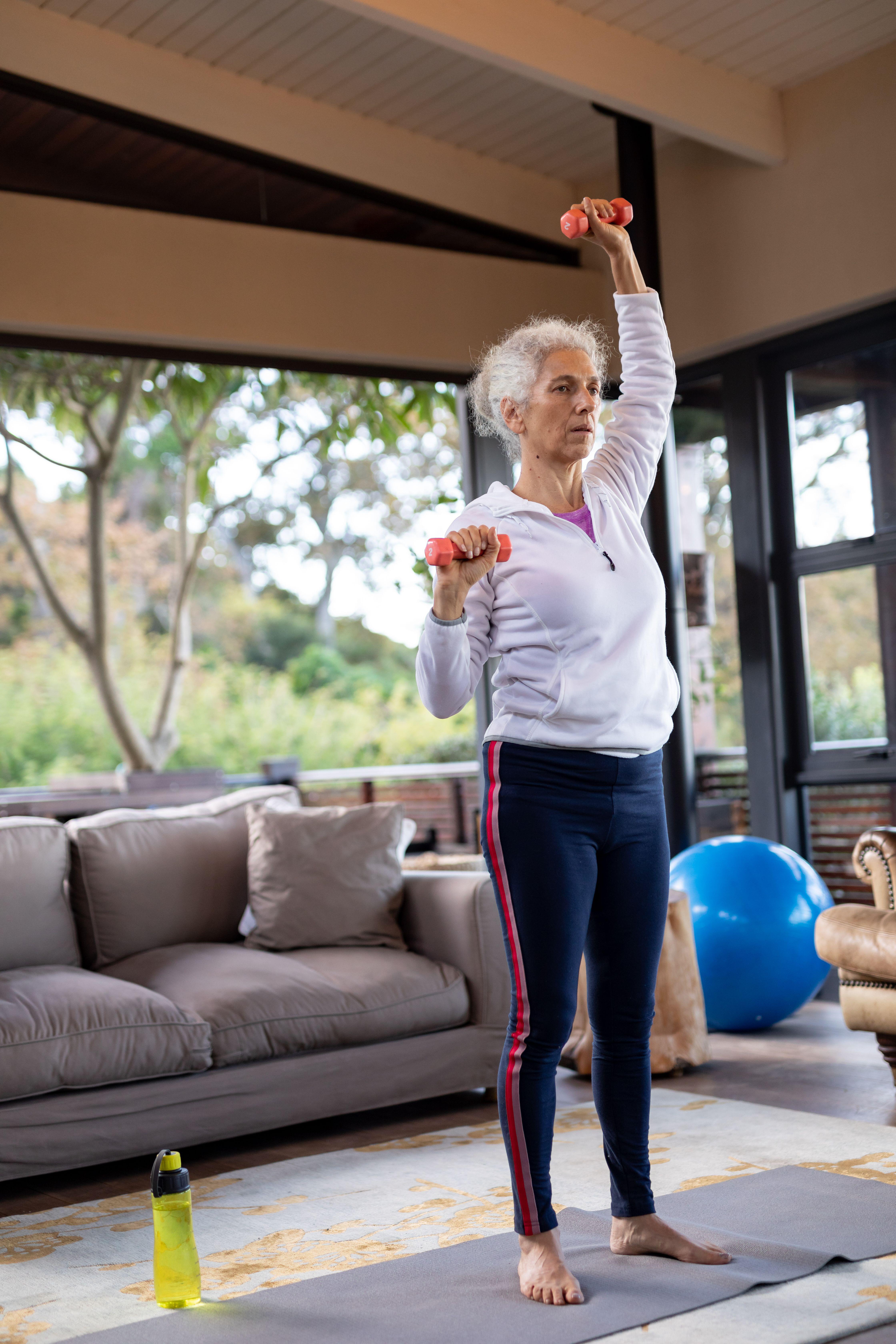
Try and implement new habits into your daily life.
“Be active. Try to take stairs instead of the elevator,” recommends Bhide. “Walk rather than driving for short distances as and when possible.
“Try sit to stand exercises for five repetitions while working from home or in the office. It is an easy way to do supported squats that help strengthen lower body.”







